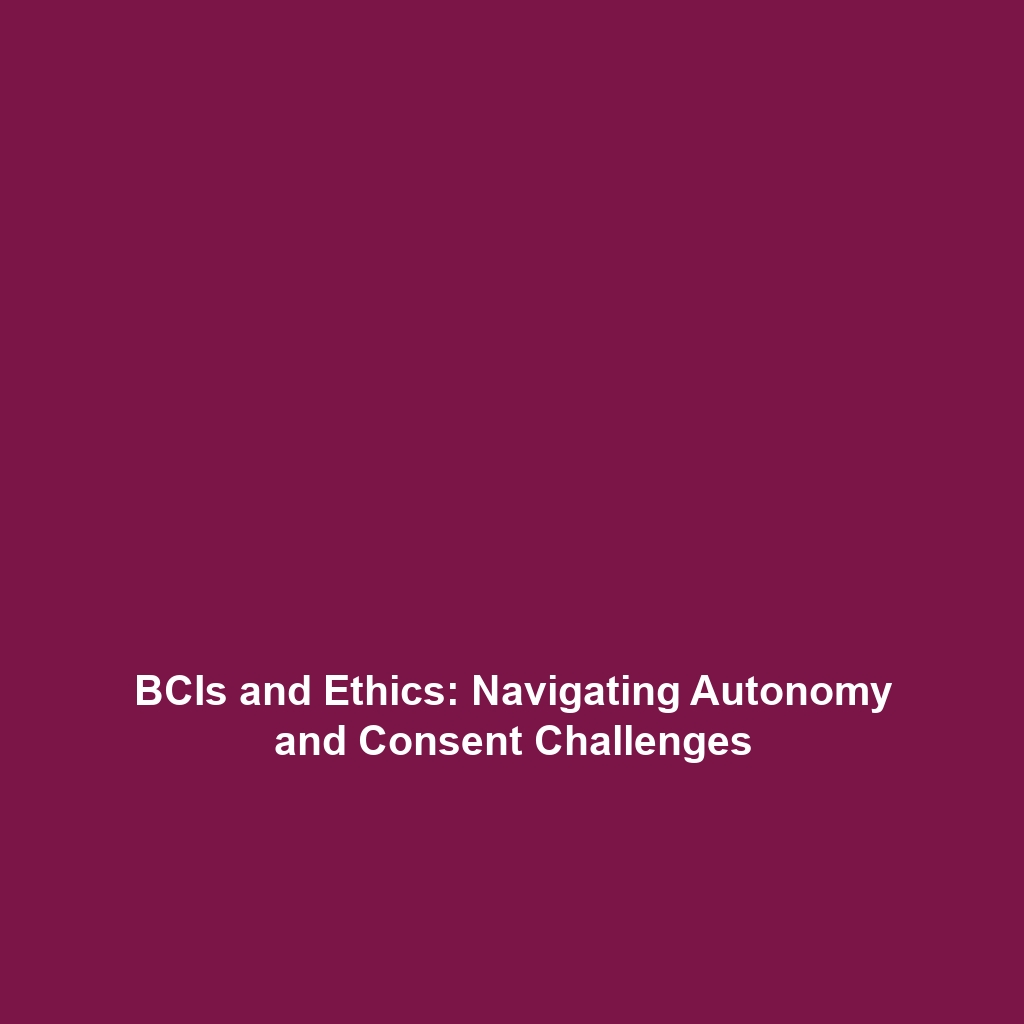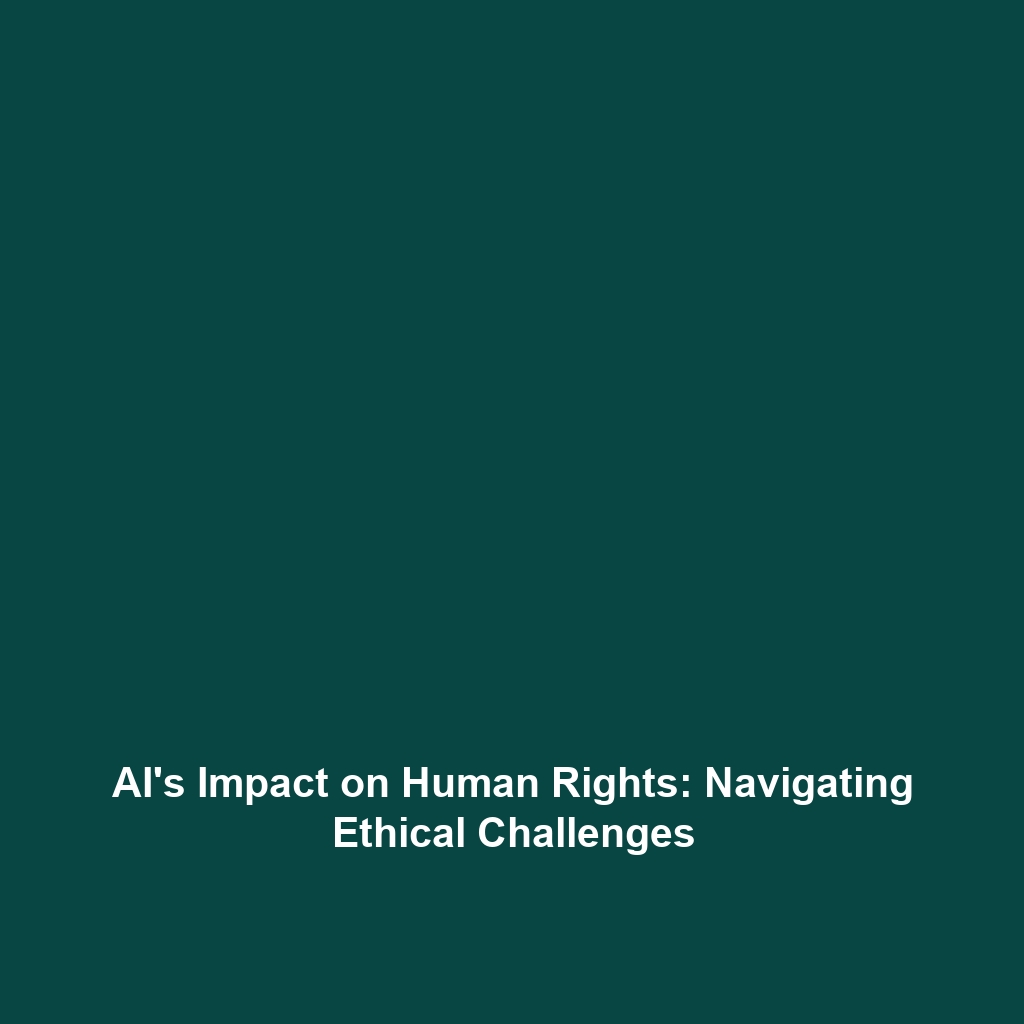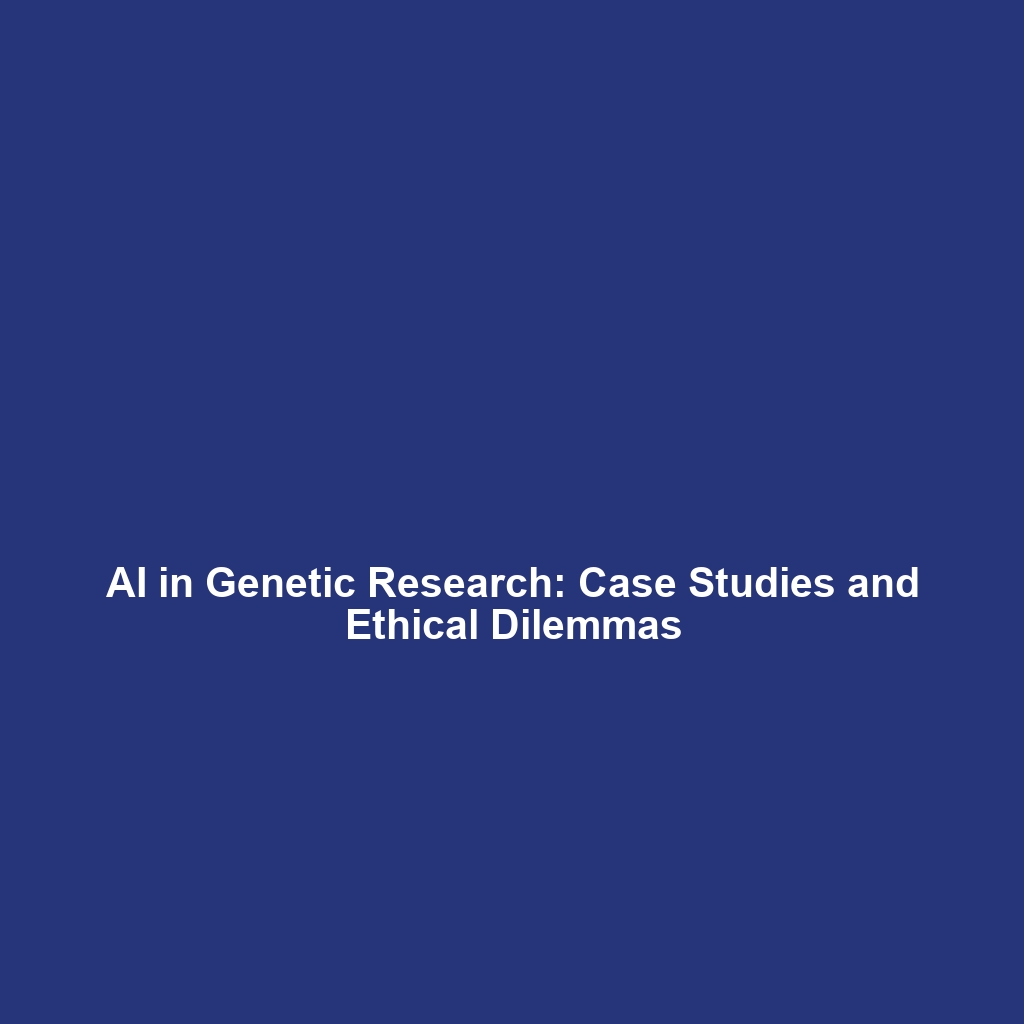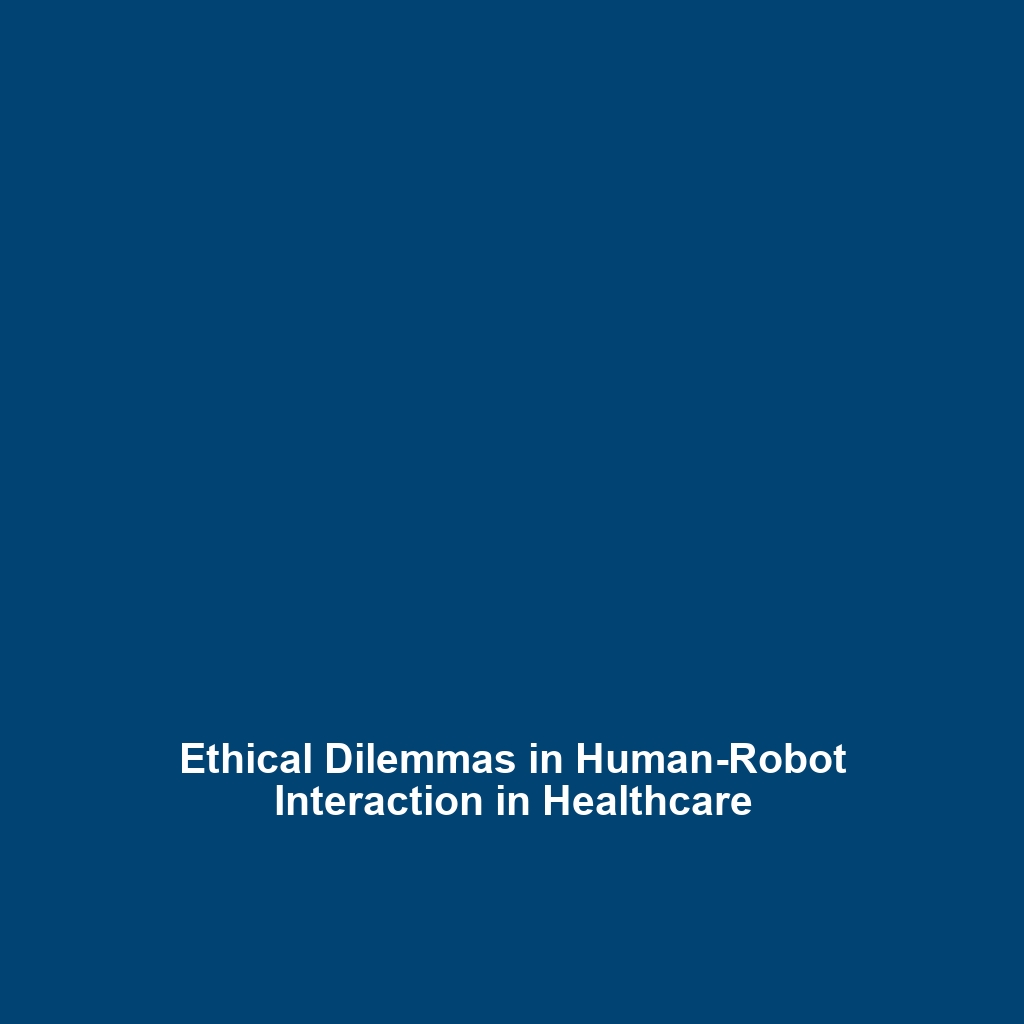Germline Editing vs. Somatic Editing: The Ethical Divide in CRISPR Gene Editing
Introduction: The rise of CRISPR gene editing has transformed the landscape of genetic research and therapy, particularly highlighting the crucial distinctions between Germline and Somatic Editing. Germline Editing refers to modifications made to the DNA of sperm, eggs, or embryos, resulting in hereditary changes passed to future generations. In contrast, Somatic Editing involves changes that affect only the individual, without inheritable outcomes. Understanding these differences is vital for navigating the ethical implications and potential consequences when applying these powerful technologies.
Key Concepts
When examining Germline Editing vs. Somatic Editing, several key concepts are fundamental to understanding their implications within CRISPR Gene Editing:
- Germline Editing: Techniques involved in altering the genetic makeup that can be inherited, raising concerns about potential long-term effects on the human gene pool.
- Somatic Editing: Adjustments made to the DNA in non-reproductive cells, ensuring that modifications do not extend beyond the individual.
- Ethical Implications: The ability to pass changes to future generations creates a controversy regarding ‘playing God’ and the prospect of designer babies.
- CRISPR Technology: The use of CRISPR-Cas9 as a precise tool for gene editing that facilitates both somatic and germline interventions.
Applications and Real-World Uses
The applications of Germline and Somatic Editing in CRISPR Gene Editing are diverse and impactful:
- Somatic Cell Therapy: Used in treatments for genetic disorders such as sickle cell anemia and muscular dystrophy, showcasing its immediate benefits.
- Germline Modifications: Experimental studies aiming to prevent heritable diseases, yet facing ethical scrutiny and regulatory hurdles.
- Research Applications: Both techniques are applied in research settings to better understand genetic diseases and develop potential therapies.
Understanding how Germline and Somatic Editing are used in CRISPR Gene Editing not only provides insight into current scientific capabilities but also highlights ethical challenges.
Current Challenges
Despite significant advancements, both Germline and Somatic Editing in CRISPR Gene Editing face notable challenges, including:
- Ethical Concerns: The moral implications of making permanent changes to the human germline.
- Regulatory Frameworks: A lack of international consensus creates discrepancies in guidelines for research and clinical applications.
- Off-Target Effects: The risk of unintended genetic modifications poses safety issues that require further investigation.
Future Research and Innovations
The future of Germline and Somatic Editing within CRISPR Gene Editing is promising, with ongoing innovations aimed at ethical and effective applications:
- Next-Generation CRISPR Technologies: Advances in CRISPR systems, such as CRISPR-Cas12 and base editing, offer greater precision and reduced off-target effects.
- Ethical Frameworks: Development of comprehensive ethical guidelines to navigate the use of germline modifications responsibly.
- Public Engagement: Initiatives focused on educating the public about the implications of gene editing to foster informed discussions.
Conclusion
In conclusion, the divergence between Germline and Somatic Editing within the context of CRISPR Gene Editing highlights significant ethical, practical, and scientific considerations. As research progresses, a careful examination of these implications will be critical for harnessing the potential benefits of gene editing technologies while mitigating associated risks. For further reading on the ethical considerations of gene editing, explore our articles on ethical implications of CRISPR and applications of CRISPR in medicine.








